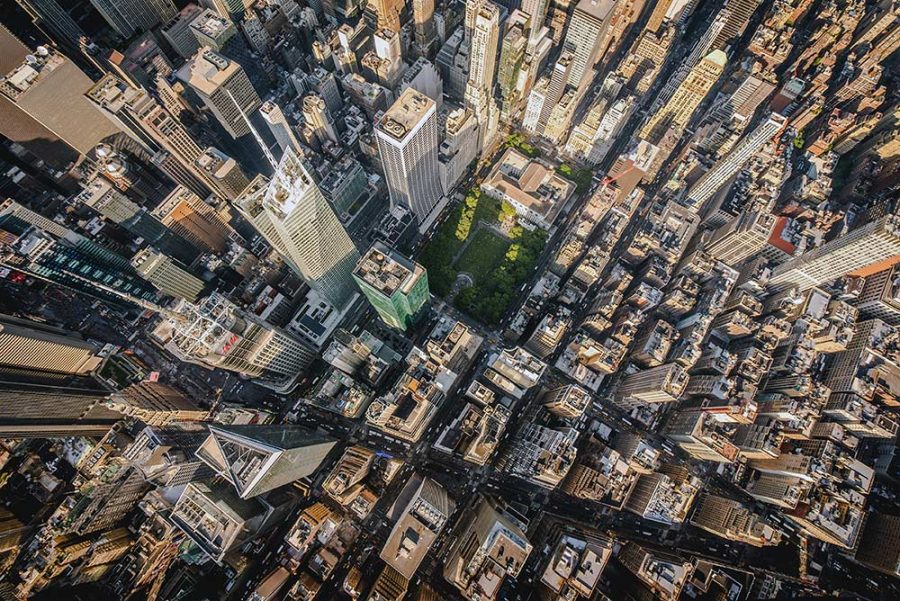Descriptions of Qualified Opportunity Funds (QOFs) often focus on the property development work that takes place. An important aspect of QOF’s that is sometimes overlooked are the QOF sub-funds.
- A QOF might choose to invest in a sub-fund which, in turn, channels money into Qualified Opportunity Zone (QOZ) property.
Due diligence is required for any investment and there are specifics requirements for QOF and sub-fund investments.
- QOFs and sub-funds must pass a specific asset test every six months.
- Additionally, QOZ properties in which a QOF/sub-fund invests are required to be “substantially improved” within 30 months.
It’s important to understand the requirements and risks involved, and how to protect your investments in QOFs and sub-funds.
You have successfully completed all the lessons in this course. Please verify your identity by entering in your State Recognized ID number or your full name to take the final exam.
